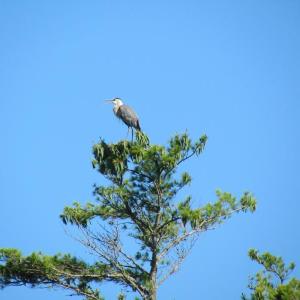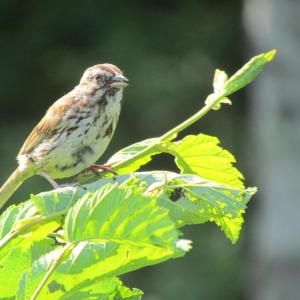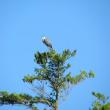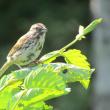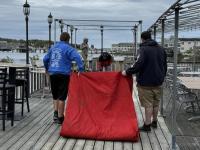Panting Birds and How to Help Them
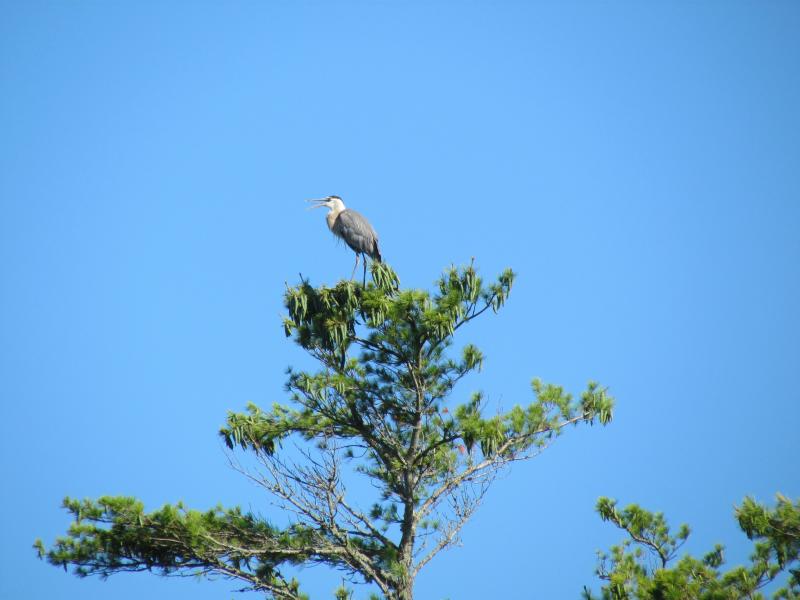 The main way birds get rid of excess heat is by opening their bills and panting, like this great blue heron is doing at the Oven’s Mouth Preserve in Boothbay, Courtesy of Jeff Wells
The main way birds get rid of excess heat is by opening their bills and panting, like this great blue heron is doing at the Oven’s Mouth Preserve in Boothbay, Courtesy of Jeff Wells
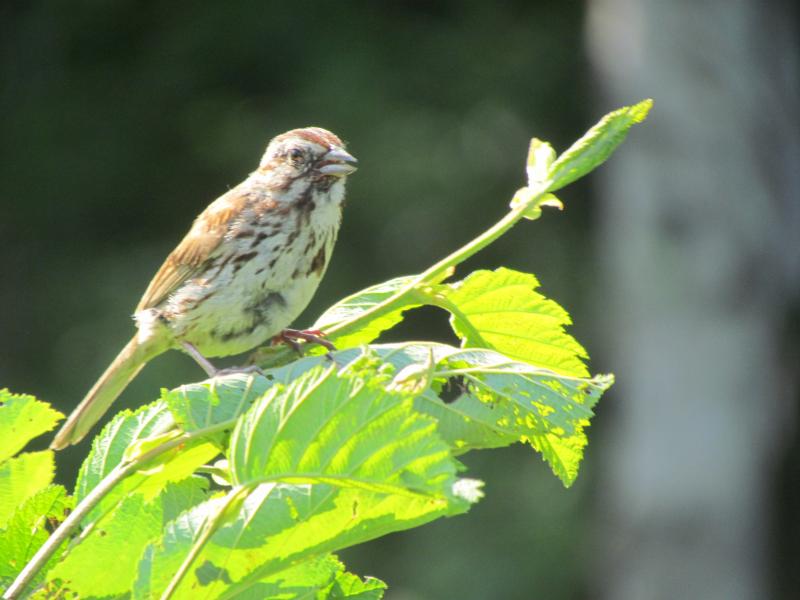 While panting helps keep birds like this song sparrow cool on hot days, it also means they must drink more water to avoid dehydration. Courtesy of Jeff Wells.
While panting helps keep birds like this song sparrow cool on hot days, it also means they must drink more water to avoid dehydration. Courtesy of Jeff Wells.
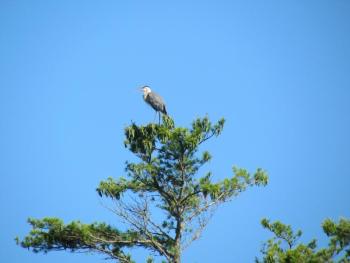 The main way birds get rid of excess heat is by opening their bills and panting, like this great blue heron is doing at the Oven’s Mouth Preserve in Boothbay, Courtesy of Jeff Wells
The main way birds get rid of excess heat is by opening their bills and panting, like this great blue heron is doing at the Oven’s Mouth Preserve in Boothbay, Courtesy of Jeff Wells
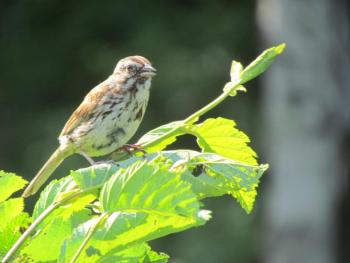 While panting helps keep birds like this song sparrow cool on hot days, it also means they must drink more water to avoid dehydration. Courtesy of Jeff Wells.
While panting helps keep birds like this song sparrow cool on hot days, it also means they must drink more water to avoid dehydration. Courtesy of Jeff Wells.
These early June days of temperatures in the 90s and high humidity are far from comfortable for those of us remembering the “old days.” We much prefer high temps in the 60s and low 70s at this time of year; us northerners need to ease in to summer. Instead, the Wells household members find ourselves trying to stay cool by keeping window blinds closed and staying in the shade of trees when out walking the dog. A constant glass of water is a must. The lawn needs mowing and the gardens need some weeding but not when the temperature is this hot. Exertion of any kinds leads us drained.
Many birds are right in the midst of sitting on eggs or feeding young right now. Unlike we humans, they can’t escape to an air-conditioned room, car, or supermarket for relief. Yet high temperatures impact birds in some ways that are similar to us. Birds don’t have the ability to sweat to lose heat like we do, but they do lose some heat from their bills and feet. Like us, birds will try to stay in the shade as much as possible on really hot days. But the main way they get rid of excess heat is by opening their bills and panting. They lose a lot of water this way, which means, like us humans, dehydration is a risk, so they need to find a replenishing source.
These activities that birds engage in to lower their body temperatures take time and energy. Those heat-coping behaviors replace regular daily tasks like singing, which itself takes a lot of energy. That’s why we hear less bird song on ridiculously hot days even at the height of the breeding season.
Adult birds with young in the nest may have a particularly difficult time if very high temperatures are prolonged. Adults trying to stay cool will have less time and energy to find food for their young. Nestling birds themselves can become heat stressed. If the nest is exposed to the sun, the young birds may require shading by the adult. Some adult birds wet their breast feathers and loosely incubate the young or eggs to cool them.
If that all wasn’t struggle enough, high temperatures can also contribute to drought conditions that can cause wetlands to dry up, trees and other plants to become stressed, and insect populations to decrease, reducing food availability for adults and nestlings.
What can we do to help birds make it through this heat? Keeping a bird bath full of water, especially if there are no natural water sources nearby, is a good idea. Ensuring that there are as many shady trees and shrubs around on your property as possible will also help.
Perhaps the best things you can do to help extend beyond your own backyard.
Support efforts to protect large expanses of habitat that include wetlands, ponds, lakes, streams, and forests that naturally provide what birds need in order to cope with the various stresses that climate change and human habitat alteration place on their populations.
And speak up to push for meaningful decreases in the carbon emissions that are pushing Earth’s climate into new, uncharted high temperatures here in Maine and everywhere.
Jeffrey V. Wells, Ph.D., is a Fellow of the Cornell Lab of Ornithology and Vice President of Boreal Conservation for National Audubon. Dr. Wells is one of the nation's leading bird experts and conservation biologists and author of the “Birder’s Conservation Handbook.” His grandfather, the late John Chase, was a columnist for the Boothbay Register for many years. Allison Childs Wells, formerly of the Cornell Lab of Ornithology, is a senior director at the Natural Resources Council of Maine, a nonprofit membership organization working statewide to protect the nature of Maine. Both are widely published natural history writers and are the authors of the popular books, “Maine’s Favorite Birds” (Tilbury House) and “Birds of Aruba, Bonaire, and Curaçao: A Site and Field Guide,” (Cornell University Press).
Event Date
Address
United States

